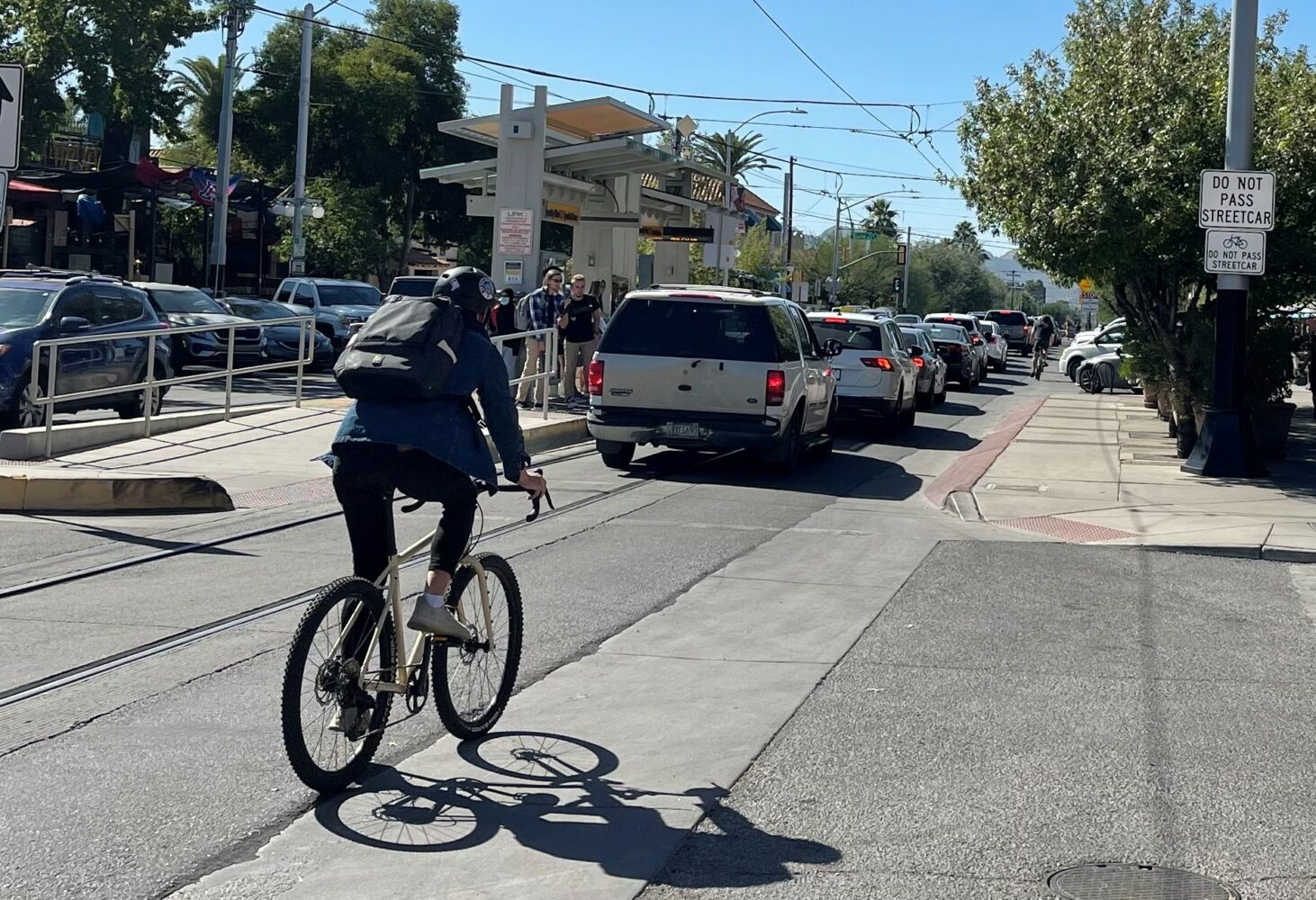
January is halfway over, still it’s not too late to adopt a New Year’s resolution. Incorporating active transportation into your commute can help you accomplish a few different personal goals this year.
Want to lose some weight and get into better shape? Or are you looking for ways to save money? Maybe you just want to be a little more environmentally conscious. These are just some of the goals that can be achieved using active transportation. Here’s how:
Community Friendly
By choosing to walk, bike, run or use newer methods of active transportation, you not only can help yourself but you can help your community as well.
Fewer cars on the road means less dangerous emissions, which contribute to air pollution. Fewer cars also means less traffic and faster commute times for those who do not have the option to use active transportation. Less traffic, especially in urban areas and neighborhoods, can lead to safer streets for pedestrians and cyclists.
Active transportation is also more sustainable than other forms of transportation since it is primarily “people powered.” Cycling or walking take no natural resources to power and even newer forms of transportation like e-bikes, motorized scooters and smart bikes use fewer natural resources than cars, trucks and motorcycles.
Save Money
Gas prices are coming down, but it can still cost quite a bit to fill up the tank. Even driving one or two less days a week can lead to savings. Gasoline prices, though, are not the only cost savings considerations. Operating a motor vehicle means spending money on insurance, vehicle maintenance and, in some cases, parking.
Use the PAG Commuter Cost Calculator (https://pagregion.com/sustainability/travel-reduction/commute-cost-calculator/) to find how much you can save by reducing the number of days you drive to work. Whether you incorporate active transportation, telework or join a carpool/vanpool, there are savings to be had.
Get Healthy
Adding walking, jogging or cycling to your daily commute can pay dividends in terms of weight loss and improving your health. Commuters who ride their bicycles to work lose an average of 13 pounds the first year, and according to Chron.com’s Live Healthy blog, riders can lose up to 3 to 4 pounds a month by commuting an hour a day if that becomes their daily commuting choice.
Active transportation, as well as transit, can reduce the stress that comes from driving on busy streets and freeways. Exercise by itself is a great stress reducer and when it replaces another stressor, it is even more effective.
Getting started
Making active transportation a part of your commute may appeal to you, but is it practical for you? Ask yourself these questions to assess your situation:
- How far is work? If it is a few miles away, then walking or jogging will work. If you are a novice cyclist, riding 5 to 10 miles may be doable, while more experienced cyclists can ride longer distances.
- Can I travel safely? Are bike lanes available along your commute? Are you close to the Loop trail or other bike paths? Can you safely ride or walk to work?
- Can I mix methods? If it is too far to walk or ride all the way to work, you can investigate whether a transit option can be accessed instead. Using active transportation to get to a bus stop, streetcar stop, park and ride, or express stop can be an effective alternative. Another option is to ride or walk to a co-worker’s house and share the ride.
- What commute facilities do I have access to at work? After a ride or run to work, do you need to change or shower? Some people like to leave 2 to 3 sets of work clothes at the office, so they do not have to transport them each day. Is that practical at your place of employment? Is there a place to lock up your bike or leave a scooter?
- Are there incentives? Does your employer offer travel reduction incentives? Is parking an issue and would your employer be happy to alleviate some cars in the parking lot? Talk to HR. Federal tax credits may be available and TEP is considering incentives for purchasing e-bikes.
- Do you have access to using other alt modes? Some areas of town have greater access to rentable electronic scooters or bike share programs. Downtown Tucson and the university area have more options than some of the outlying areas, but the City of Tucson has 40 stations and 330 bikes across 13 Tucson neighborhoods as part of its Tugo bike sharing program.

